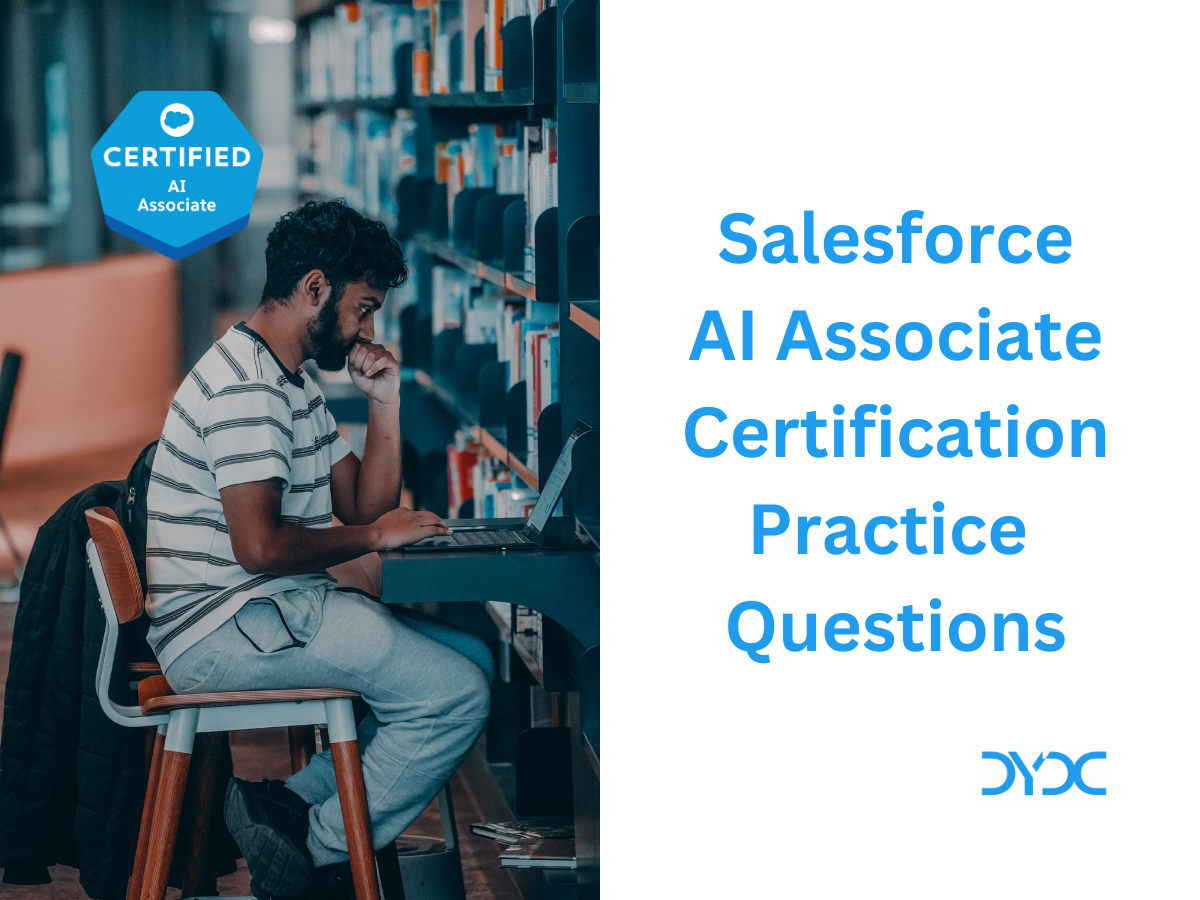Salesforce Identity and Access Management Architect Certification Exam Guide.
1. About the Salesforce Identity and Access Management Certification Exam
The Salesforce Identity and Access Management Architect credential is designed for those who assess the architecture environment and requirements and design sound, scalable, and high-performing solutions on the Salesforce Platform that meet the Single Sign-on (SSO) requirements.
- Content: 60 multiple-choice/multiple-select questions
- Time allotted to complete the exam: 120 minutes
- Passing score: 67% (41 out of 60 Questions)
- Registration fee: USD 400 plus applicable taxes as required per local law
- Retake fee: USD 200 plus applicable taxes as required per local law
- Prerequisites: None
2. Exam Outline
Identity Management Concepts: 17%
- Describe common authentication patterns and understand the differences between each one.
- Describe the building blocks that are part of an identity solution (authentication, authorization, & accountability) and how you enable those building blocks using Salesforce features.
- Describe how trust is established between two systems.
- Given a scenario, recommend the appropriate method for provisioning users in Salesforce.
- Given a scenario, troubleshoot common points of failure that may be encountered in a single sign-on solution (SAML, OAuth, etc.)
Accepting Third-Party Identity in Salesforce: 21%
- Given a use case, describe when Salesforce is used as a Service Provider.
- Given a scenario, recommend the most appropriate way to provision users from identity stores in B2E and B2C scenarios.
- Given a scenario, recommend the appropriate authentication mechanism when Salesforce needs to accept 3rd Party Identity (Enterprise Directory, Social, Community, etc.).
- Given a scenario, identify the ways that users can be provisioned in Salesforce to enable SSO and apply access rights.
- Given a scenario, identify the auditing and monitoring approaches available on the platform, and describe the tools that are available to diagnose IdP issues
Salesforce as an Identity Provider: 17%
- Given a scenario, identify the most appropriate OAuth flow (Web based, JWT, User agent, Device auth flow).
- Given a scenario, recommend appropriate Scope and Configuration of the connected App for Authorization.
- Describe the various implementation concepts of OAuth (scopes, secrets, tokens, refresh tokens, token expiration, token revocation, etc.).
- Given a scenario, recommend the Salesforce technologies that should be used to provide identity to the 3rd party system. (Canvas, Connected Apps, App Launcher, etc.).
Access Management Best Practices: 15%
- Given a set of requirements, determine the most appropriate methods of multi-factor authentication to use, and the right type of session they should yield.
- Given a scenario, how should you best assign roles, profiles, and permission sets to a user during the SSO process, how would you keep these assignments up to date.
- Given a scenario, describe what tools you can apply to audit and verify the activity/user during and after login.
- Given a scenario, identify the configuration settings for a Connected app.
Salesforce Identity: 12%
- Given a set of requirements, identify the role Identity Connect product plays in a Salesforce Identity implementation.
- Given a scenario identify if Salesforce Customer 360 Identity fits into a fully developed Customer 360 solution.
- Give a set of requirements, recommend the most appropriate Salesforce license type(s).
Community (Partner and Customer): 18%
- Describe the capabilities for customizing the user experience for Experience Cloud (Branding options, authentication options, identity verification self-registration, communications, password reset etc.).
- Given a set of requirements, determine the best way to support external identity providers in communities and leverage the right user/contact model to support community user experience.
- Given a requirement, understand the advantages and limitations of External Identity solutions and associated licenses.
- Given a scenario, determine when to use embedded login.
3. Salesforce Identity and Access Management Architect Exam Guide
4. Salesforce Identity and Access Management Architect Certification Exam Trailmix
5. Important Topics for Salesforce Identity and Access Management Architect Certification Exam
5.1 Identity Management Concepts: 17%
- Salesforce Identity
- User Authentication
- Salesforce Licensing
- How to Provision Salesforce Communities Users
- Single Sign-On
- Auditing
- Shield Platform Encryption
- Login Flows
- Salesforce Data Mask
- Secure Secrets Storage
- Secure Salesforce Configuration
Accepting Third-Party Identity in Salesforce: 21%
- Configure a Salesforce Authentication Provider
- Social Single Sign-On with OpenID Connect
- Identity 101: Design Patterns for Access Management
Salesforce as an Identity Provider: 17%
- Delegated Authentication
- OAuth Authorization Flows
- Authorize Apps with OAuth
- Connected App and OAuth Terminology
- Connected App


